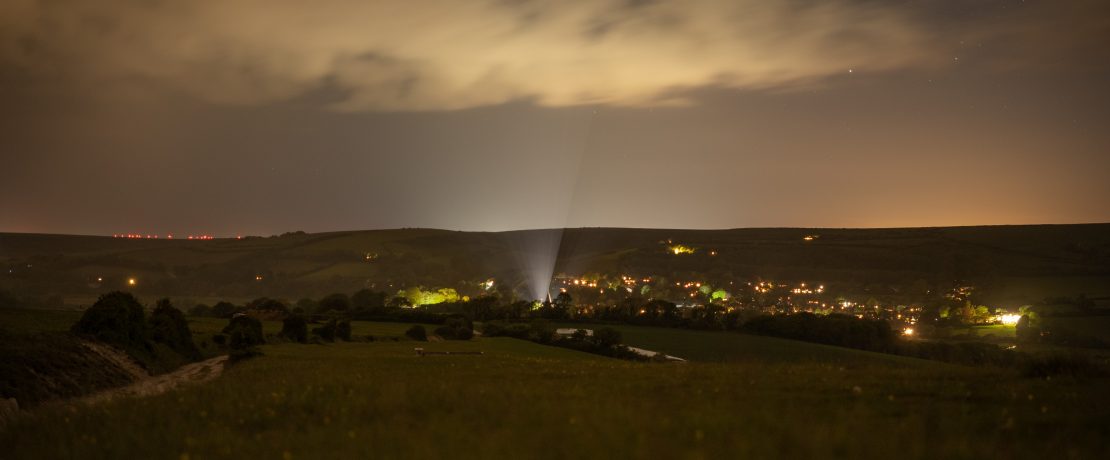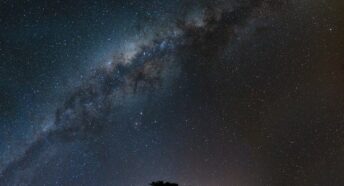Vanishing Stars over Sussex
Stars Vanishing for Majority of Sussex Households
The Countryside Charity, CPRE Sussex is calling for more action on light pollution after a new survey indicates that more than half of Sussex’s population can’t see the stars.
The figures published by CPRE today (Thursday 28 May) show that 53.4% of participants across East and West Sussex suffer from ‘severe light pollution’.
The same survey also shows that 71% of those with the best night skies live in the county’s protected areas – mostly in the Sussex High Weald.
The findings come from a nationwide Star Count carried out in February. Participants were asked to count the number of stars they could see in the constellation of Orion. The results show that majority of people taking part in Sussex could see less than ten stars (the marker for ‘severe light pollution’) and 21% could see less than 6 stars. Only 10.5% of participants in the county could see 20 stars or more – 71% of these live in the Sussex High Weald or the South Downs National Park.
‘These results show just how important protected areas are for dark skies,’ says CPRE Sussex’s Director, Kia Trainor. ‘We want to extend these levels of protection across Sussex so that everyone can benefit from better sleep at night. Cutting light pollution also saves money and reduces the amount of carbon dioxide released into the atmosphere from wasted energy.’
CPRE and the British Astronomical Association’s Commission for Dark Skies believe that local councils have the power to give people better views of the night sky. This belief is supported by 82% of star-counters surveyed nationally, who said their local council should do more to tackle light pollution.
‘We’d like to see councils adopting better policies in local plans to tackle light pollution and protect and enhance our darkest skies,’ says CPRE Chief Executive, Crispin Truman. ‘There are straightforward steps councils can take, in consultation with local people, that don’t just reduce light pollution but save energy and money too.’






